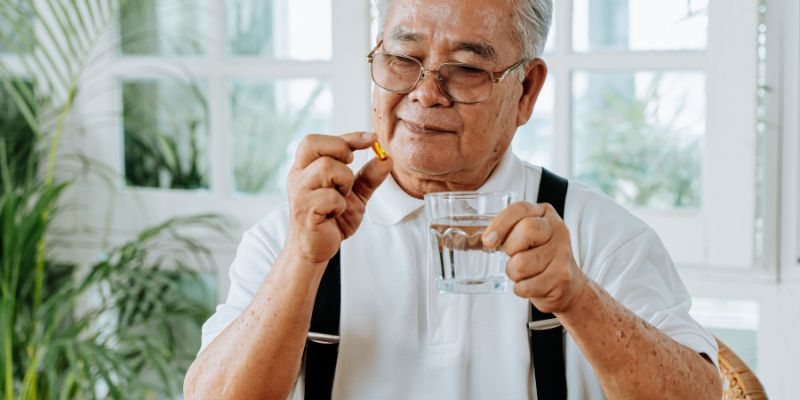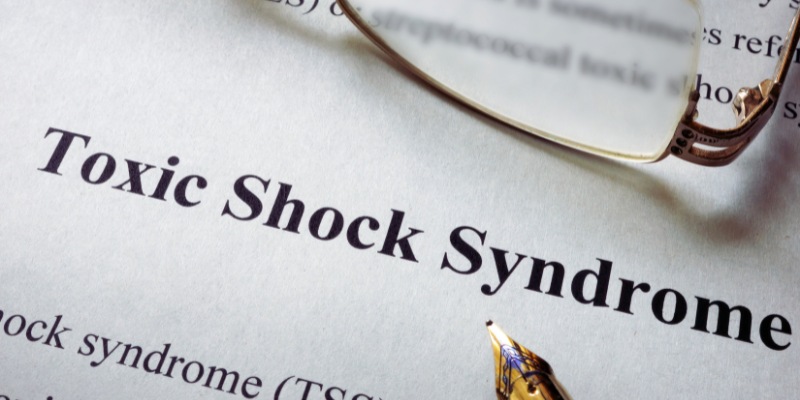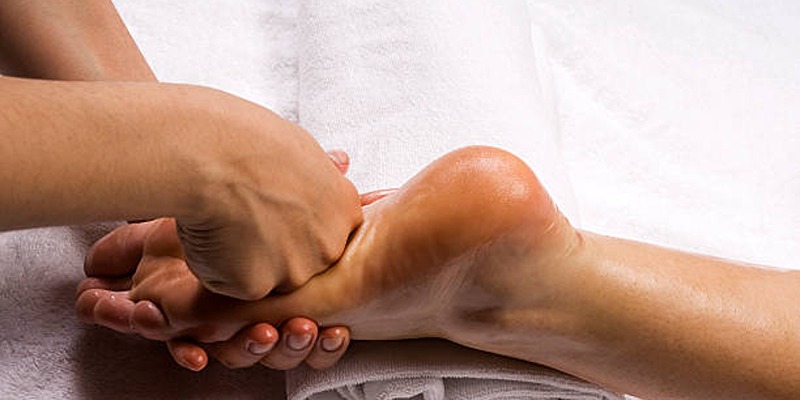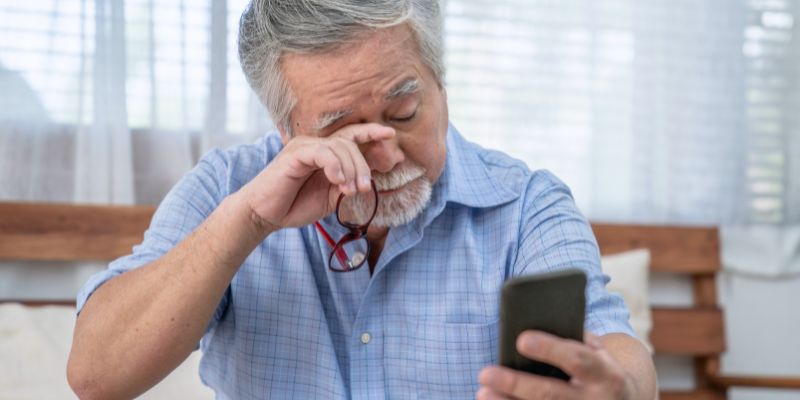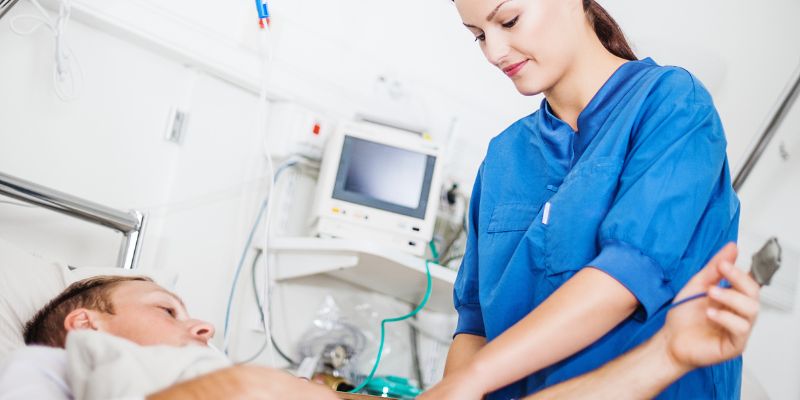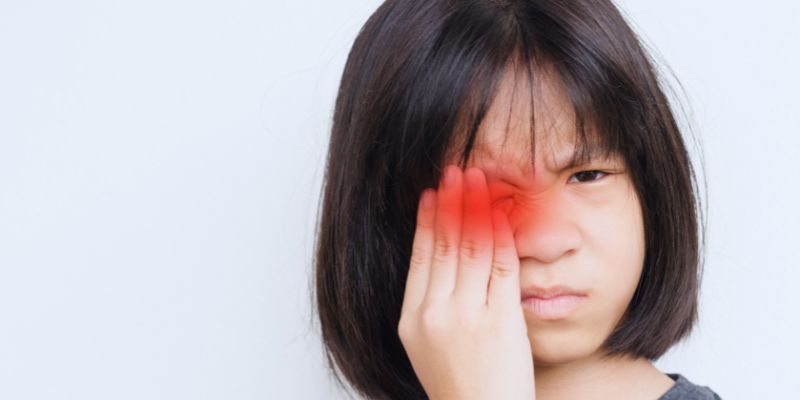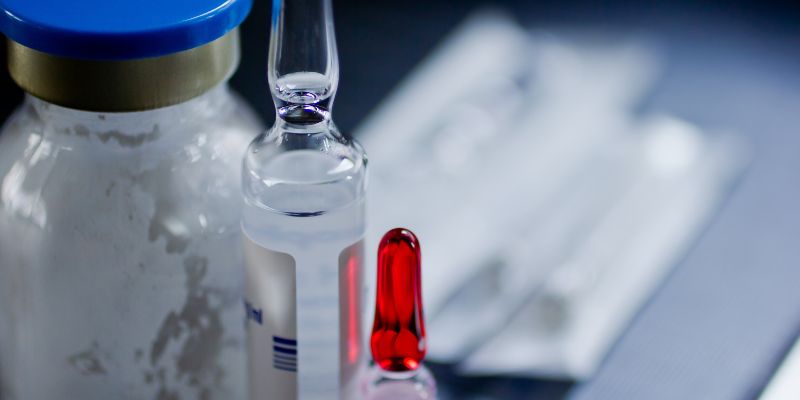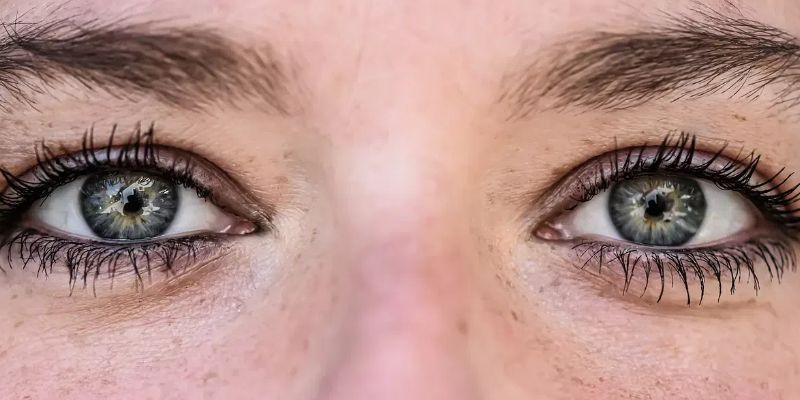Is The Latest Treatment for Dry Eye Disease Right For You: An Understanding
Dry eye illness makes daily tasks uncomfortable and affects your capacity to read, work, and enjoy life. Millions of people suffer from this prevalent ailment, whose causes vary from age to environment and even lifestyle choices. Fortunately, therapies have developed, and there are now several approaches to getting relief.
While some people find simple treatments like artificial tears helpful, others could benefit from the most recent treatments for dry eye conditions. This guide will examine innovative treatments and all-encompassing remedies that solve underlying problems and provide longer-lasting comfort. For those wondering how to cure dry eyes permanently, knowing the full range of treatments can help them find the ideal eye drops or a more lasting solution.
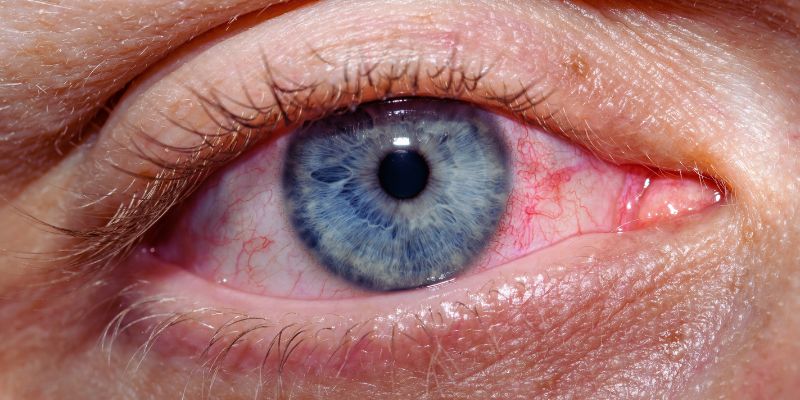
Types Of Dry Eye Disease
Dry eye disease might encompass several tear-related problems rather than only reduced tear output. Each of the three primary forms of dry eye disease has unique causes.
- Aqueous Deficient Dry Eye: Aqueous deficient dry eye is the condition whereby your eyes produce insufficient tears. Tears have numerous layers; the lacrimal gland in the top outer portion of every eye produces the watery layer of the tear film. Often resulting from autoimmune diseases, malfunction of this gland reduces tear production, which causes dryness and pain.
- Evaporative Dry Eye: Usually resulting from meibomian gland malfunction, evaporative dry eye is a condition in which tears evaporate excessively rapidly. These glands create an oily layer nestled along the eyelids that keeps the tear film from drying out. When they fail, the oily coating becomes unstable, and tears evaporate more quickly than usual.
- Mixed Dry Eye: Combining features of both kinds, Mixed Dry Eye has an unstable tear film and insufficient tear production. This twin problem makes tears inadequate and fast-evaporating, aggravating discomfort. Knowing the kind of dry eye condition, you have will assist in directing the best course of treatment.
Traditional and Latest Treatment Options
Simple lifestyle adjustments to sophisticated surgical operations constitute the gamut of dry eye therapies. Some often suggested choices consist of:
- Artificial Tears: Artificial tears are often the best eye drops for dry eyes as a basic treatment option. These lubricating drops momentarily moisten dry eyes to help. Although handy, they are only temporary fixes for dry eyes. Depending on the product, you could have to reapply drops multiple times a day. If you use eye drops often, choose a preservative-free formula when deciding which ones for dry eyes.
- Medicated Eye Drops: For someone experiencing more severe symptoms, medicated drops could be required. Like cyclosporine and lifitegrast, these drops lower inflammation and boost tear output. Though many find these drops helpful, their efficacy may depend on a prescription and persistent use.
- Latest Treatment for Dry Eye Syndrome: Thermal Pulsation Devices: Thermal pulsation devices are a more recent therapy choice that can treat underlying gland malfunction causing dry eyes. Devices such as LipiFlow gently press and heat the eyelids to stimulate the glands to release oils required for tear stability. Usually done in a doctor's office, this newest dry eye syndrome treatment provides longer-lasting relief than standard drops.
- Punctal Plugs: Punctal plugs are another really successful treatment for dry eyes. Little silicone or collagen plugs placed into tear ducts let tears stay on the eye surface longer. Although this method cannot completely heal dry eyes, it can offer notable comfort, particularly for those who suffer from too great tear evaporation.
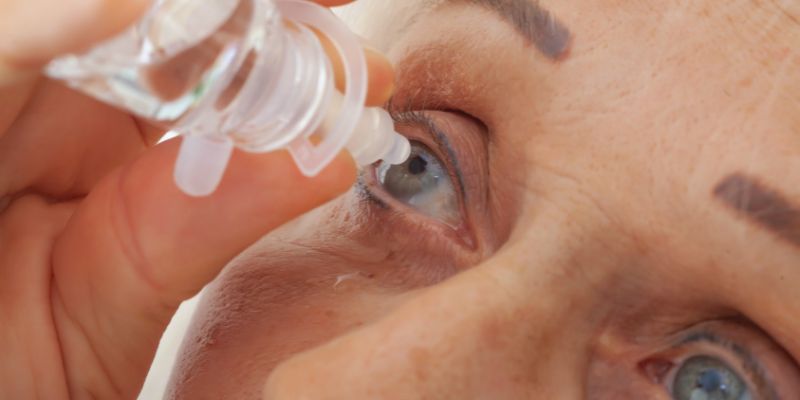
Advanced Therapies and Holistic Options
Many people with dry eyes investigate holistic approaches instead of conventional therapies. A comprehensive approach appeals to individuals trying to avoid medications because it can solve underlying issues rather than only symptoms.
- Omega-3 Supplements: Omega-3 fatty acids and flaxseed oil may lessen inflammation and, hence, help with dry eye problems. Research indicates that these substances enhance tear quality and help generate tears. One easy and quick approach to treating dry eye discomfort is including Omega-3 supplements in your diet. They are also a great component of a dry eye holistic treatment since they help heart health.
- Warm Compresses: Warm compresses applied to your eyes can open closed oil glands. Many often advise that a natural approach to increase tear quality and ease discomfort is this one. See changes by spending a few minutes each day with a warm towel on your closed eyelids.
- Hydration and Diet: Additionally, your nutrition affects your eye health. Aim to have enough water daily since staying hydrated helps avoid dry eyes. Foods high in vitamins A, C, and E, such as spinach and carrots, can help promote eye moisture even more. This method presents a mild technique to control symptoms free from medications.
Evaluating If a Treatment Is Right For You
Given the variety of choices, choosing the correct treatment for dry eyes can feel taxing. The ideal strategy will rely on your symptoms and particular requirements. The first step is definitely seeing an eye doctor. If inflammation worries you, they can evaluate your situation, recommend first treatments such as fake tears, or write prescriptions for medicinal drops. Some people could find enough relief from these easy fixes.
Suppose conventional techniques prove insufficient, though, advanced choices, including thermal pulsation, may be advised. With longer-lasting relief than daily drops, this latest treatment for dry eye syndrome addresses blocked glands influencing tear production, therefore targeting the fundamental cause of dry eye. Usually, a combination of treatments performs best; an eye specialist can customize these to fit your way of living.
Conclusion:
In essence, comfort and quality of life depend on the correct dry eye treatment. There is a solution for everyone, from simple fake tears to cutting-edge treatments like thermal pulsation. See an eye professional to choose the best course of action depending on your symptoms and way of living. Additionally, providing help are holistic approaches, including omega-3 supplements, water, and warm compresses. Often, the finest outcomes come from combining therapies. Understanding the fundamental reasons for your dry eye illness and looking at appropriate solutions will help you to get long-lasting relief.

